Search engines like Google have been adapting over time to favor the user, meaning their search algorithms are working harder to favor the content searchers are actually looking for rather than simply what they type into the search engine. Writing for search engines and writing for real people have become one and the same.
With search engines finding more ways to favor helpful, well-written content, you might be thinking that it’s no longer necessary to optimize web content for search. You might think this means the end of search engine optimization (SEO) and that there’s not much use in researching target keywords for your website. Unfortunately, that’s not the case. These updates mean that you’ll need to start writing for search engines and the actual searchers in tandem.
The first step in the process is getting your hands on some keyword research. Once you have a list of potential target keywords to work with, you can start optimizing your website content. Many nonprofits choose to get outside support for keyword research. However, there’s no reason you can’t learn to do keyword research on your own. For now, we’ll focus on what to do once you have those keywords.
Writing for Search Engines
Start with a keyword phrase that you have not yet used to optimize a page or blog post on your site. To optimize a page for this specific phrase, the process is as simple as running through a check list. Including your target keyword in all of the following places (or as many as you’re able to naturally fit it in) hammers home the message to search engines that your content is helpful and relevant to users searching for your target keyword. We included screenshots for each step using our platform demo site.
Page Title
Include your target keyword as early as possible in the title of your page or blog post.

URL
The target keyword should appear in full within the URL of the page. This includes any words that might ordinarily be left out, such as articles or prepositions.

Body Copy
Try to use your target keyword at least three times within the content of the page. It’s not an exact science, but three instances of the exact keyword (not a variation of it) should send the message to search engines that your page is relevant.
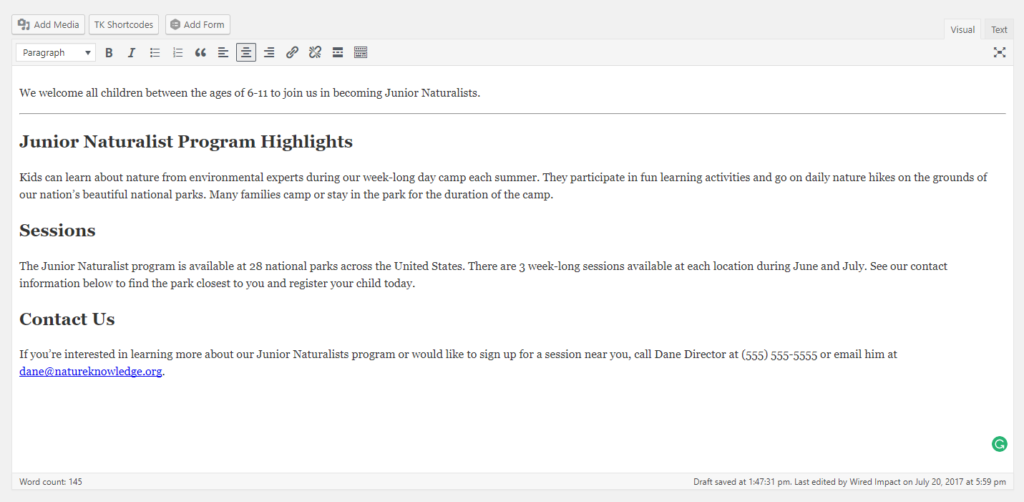
Headings
Breaking your content up with headings makes it easier to read, and including your target keyword within one of these headings could help the page rank higher.
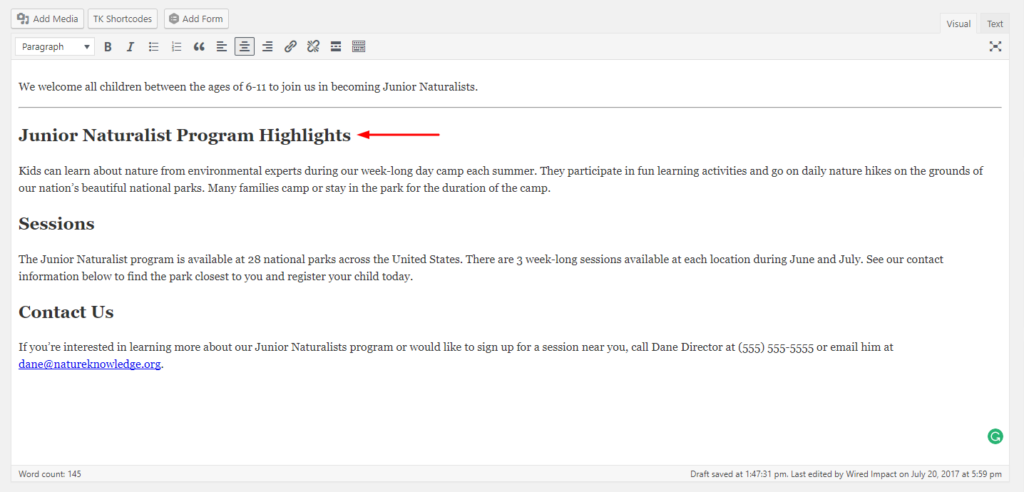
Image Text
Writing for search engines isn’t exclusive to copy, you can also optimize any images you include on the page to give it a leg up in search engines.
Image File Names
Before you even upload an image to your website, change the file name to include your target keyword.
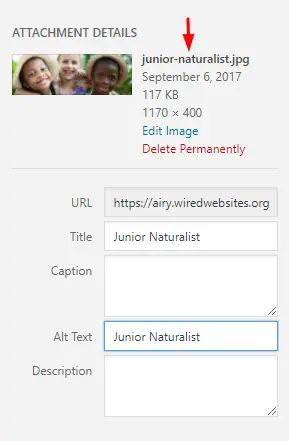
Image Alt Attributes
When an image can’t load (for whatever reason), you can provide a little text to display instead. Why not make that text your target keyword?
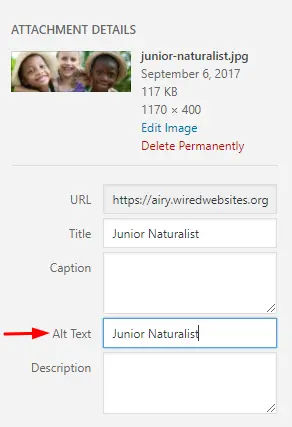
Meta Description
This description of your page appears on search engine results pages below the linked page name. Include your target keyword here to drive the message home to both search engines and users.
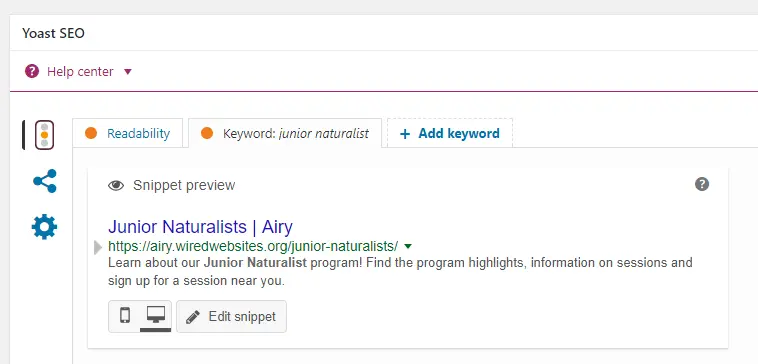
As far as SEO tips go, these best practices have been around for a while. To bring your strategy up to date, you could also try incorporating alternative keywords and related topics into your optimization.
Writing for Real People
Once you have the first step (your target keyword) covered, the next step is making your content as comprehensive as possible to put additional focus on the searcher. Any good piece of content attempts to adequately cover its topic and answer all of the questions that a reader might have on the subject. That means bringing in related topics. To gauge whether or not a page is adequately covering its topic, search engines began looking for alternative keywords.
Optimizing a page this way is easy:
- Identify a few alternative (but related) phrases that someone might use to look for the same topic.
- Use each alternative phrase only once in the page content.
And you’re set! This extra step sends a signal to the search engine that your page might be relevant to a search using slightly different words/phrasing, but that carries the same intent for the searcher. For the keyword phrase “animal rescue,” alternatives might be “animal shelters” “stray rescue” and “animal adoption.”
Search your target phrase in Google for ideas that you can naturally weave in. Google suggests related phrases when typing in the search bar.
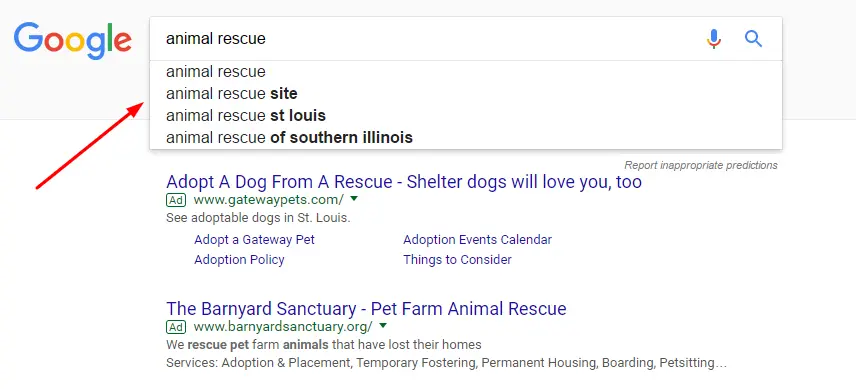
And there are more ideas in the related searches at the bottom of a page of search results.
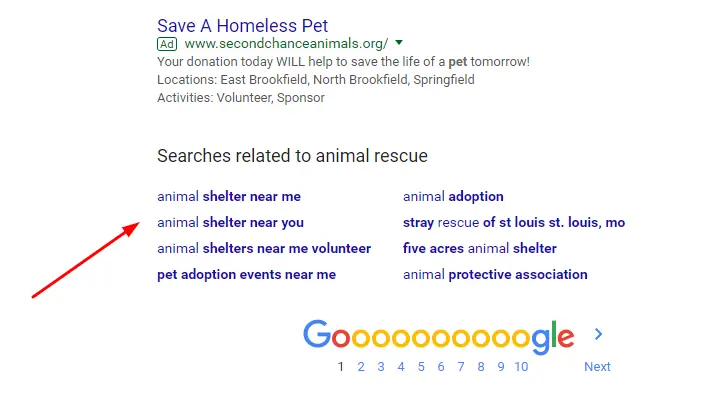
Download Our SEO For Nonprofits Primer
Not everyone has time to become an expert in SEO for nonprofits. Get our list of recommended reading and how-to tutorials for search engine optimization basics.
"*" indicates required fields
In the grand scheme of things, the content itself and making it as awesome as you possibly can should be your main focus. Check your SEO boxes, but make sure you’re worrying about the substance of your page before you think twice about things like how many times your target keyword appears in the body copy or cramming it into a heading. Search engines have the potential to drive a great deal of traffic and optimizing posts will help you to rank in search engines. But your optimization efforts will never come to fruition if your content isn’t helpful for visitors.
Is your nonprofit optimizing its content for search engines? Have you updated your SEO strategy to account for searcher intent? What questions do you have for us on writing for search engines? Don’t be shy in the comments below!

Great stuff as usual Christine!!
Thanks, Brad! I’m happy you found it helpful.